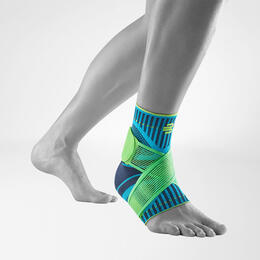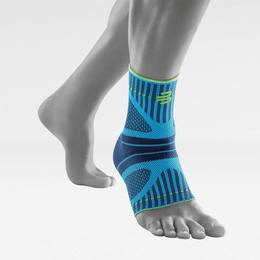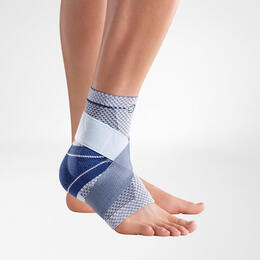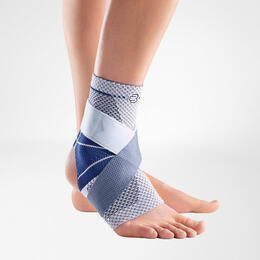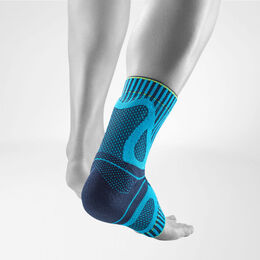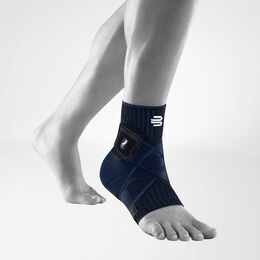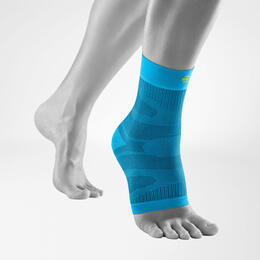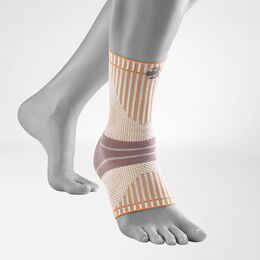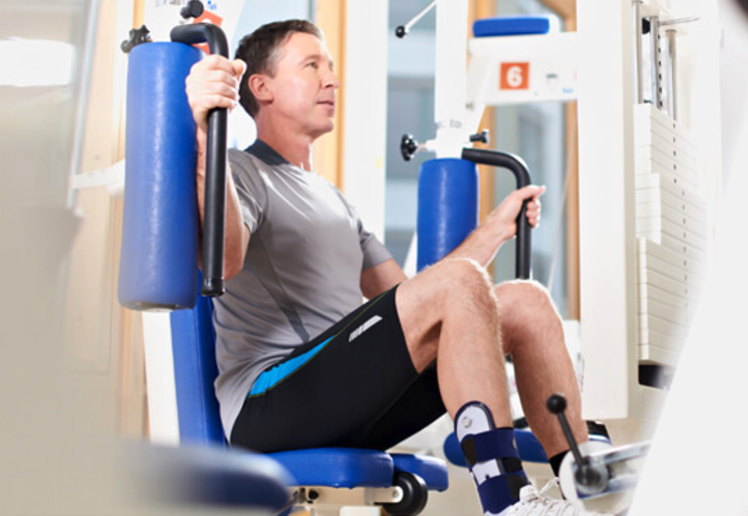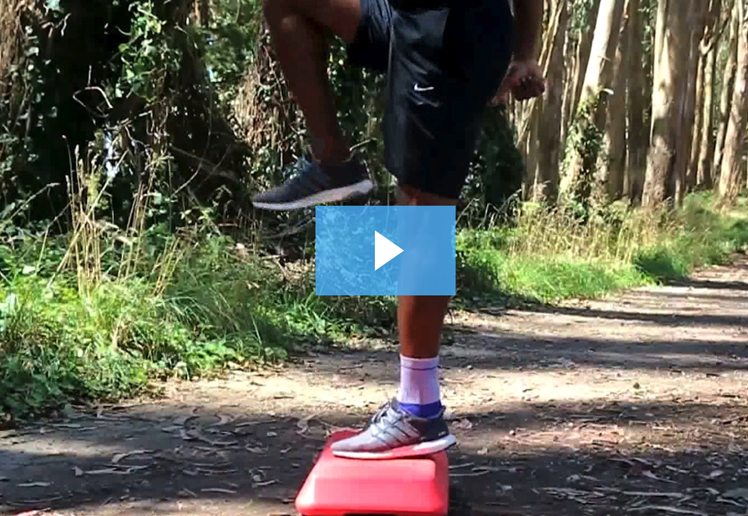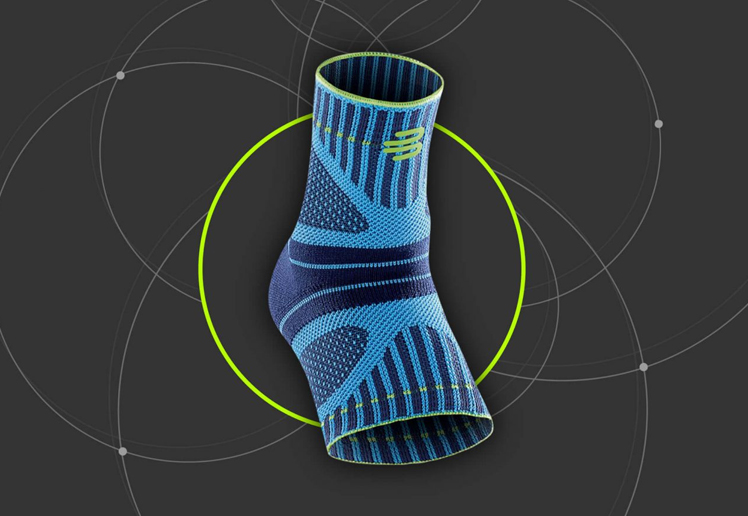Ankle sprains: causes, symptoms, and treatment
Ankle sprains are one of the most common sports injuries, but it is possible to sprain the ankle during everyday activities too. Often, all it takes is stepping awkwardly or catching your foot on something. This results in injuries to the ligaments that surround the ankle joint. Associated bone injuries are also known to occur occasionally. If the ankle sprain is not treated quickly and appropriately, this can lead to lasting damage and ankle pain – for example instability of the joint, which makes wear of the affected joint (osteoarthritis) more likely in the long term.
Choosing the right brace or support depends on the particular problem While a support is suitable in the case of bruising or sprains, a brace with rigid components is advisable for more severe injuries. Ideally, you should talk to your physician, physical therapist or other healthcare provider, who can advise you on what form of treatment will work best for your situation.
A good ankle brace or support is shaped to perfectly fit the anatomical contours of the foot. If you look at your ankles, you will notice that the inner and outer parts have different shapes. Ankle braces from Bauerfeind take this difference into account in order to provide optimum support to the individual structures of the ankle. For this reason, you should only wear the support on the side it is designed for – not on the other side.
Generally speaking, Bauerfeind’s lightweight, breathable supports can be worn in any shoes, from sandals through to sneakers or work shoes. There is no need for special shoes. You simply need to make sure that there is no constriction in the region of the integrated pressure pads. In any case, it is advisable to try out your shoe with the brace before going on long walks or practicing sports. If you require a rigid brace following an ankle injury, it is recommended that you wear a sturdy shoe. This combination will provide the optimum level of effectiveness and stability.
We advise that you never wear supports over clothing. The additional material can lead to chafing and will also prevent the support from doing its job properly. Direct contact with the skin is the only way to achieve the proprioceptive effect that creates additional stability in the joint. This is also the case for the sensorimotor function, which can only be activated and trained in this way. In addition, wearing clothing beneath the support will impair the function of specific elements that work to relieve strain, compress the joint, or provide a massaging effect, which is why it should never be done.
Don’t worry - bauerfeind supports are machine washable! Find out more on our washing instructions page.
Bauerfeind supports primarily serve to provide stability during activity. This is also where the term “active support” comes from: the full effect of these supports is only experienced during movement, for example the massage function or intermittent compression. Therefore, you can give your ankle a bit of freedom overnight and take the support off for sleeping or long periods of rest.
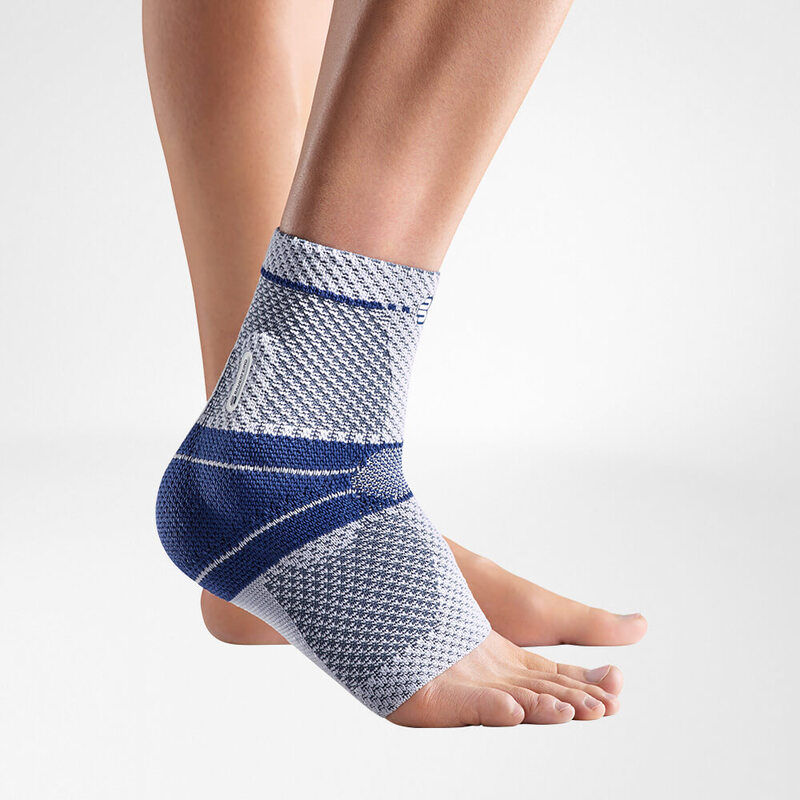 MalleoTrain
MalleoTrain
$109.00
|
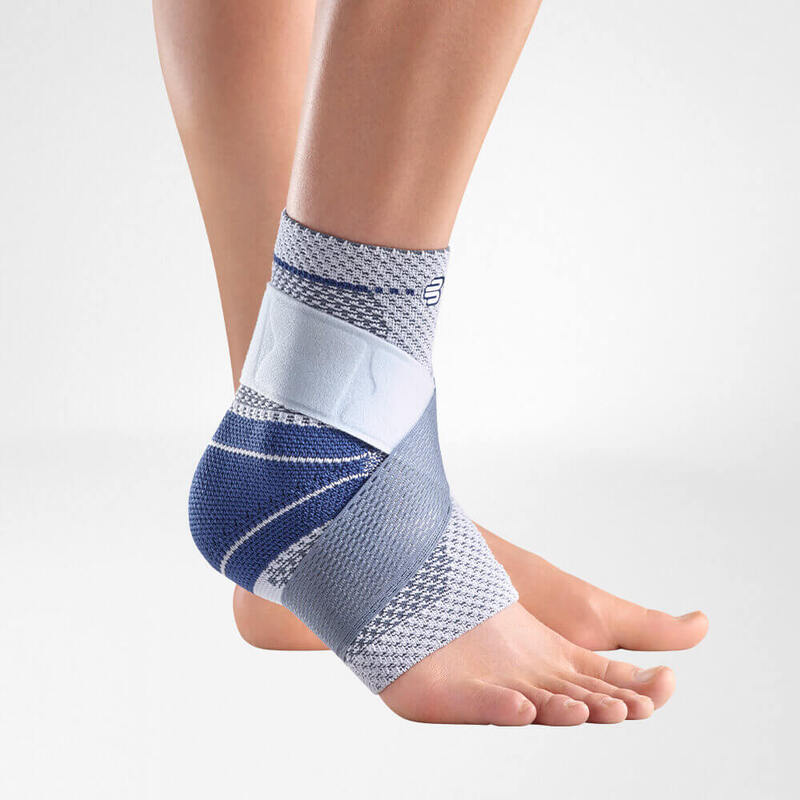 MalleoTrain S
MalleoTrain S
$109.00
|
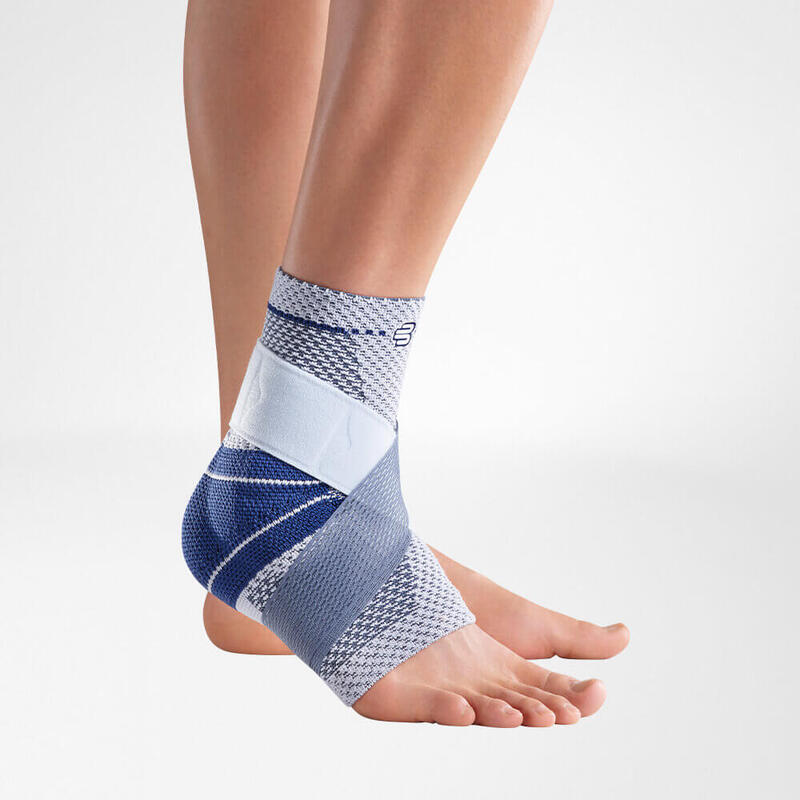 MalleoTrain Plus
MalleoTrain Plus
$134.00
|
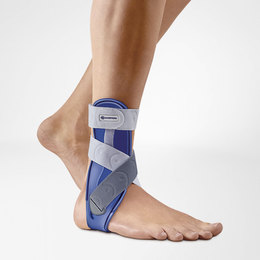 MalleoLoc
MalleoLoc
$115.00
|
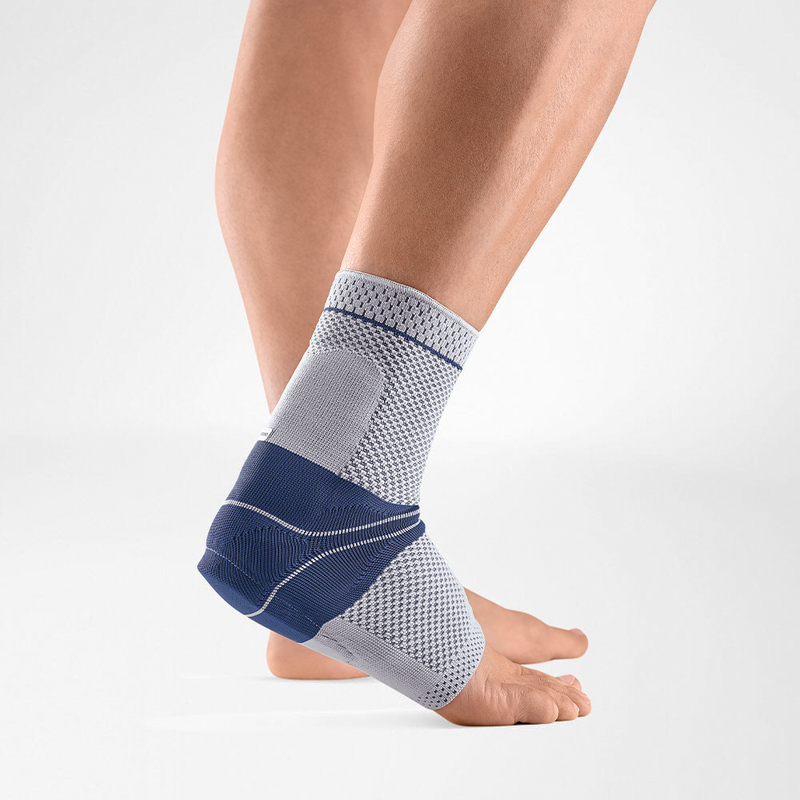 AchilloTrain
AchilloTrain
$124.00
|
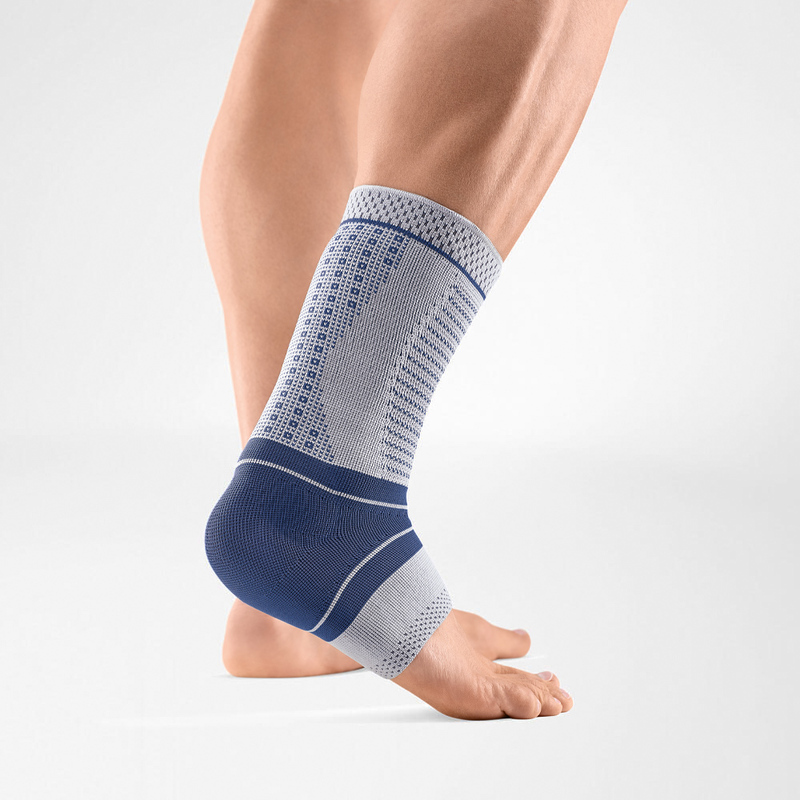 AchilloTrain Pro
AchilloTrain Pro
$124.00
|
|
| Medical-Grade Compression: Stimulates Proprioception and Relieves Pain / Strain / Instability / Swelling (Edema) | ◉ | ◉ | ◉ | ◉ | ◉ | |
|---|---|---|---|---|---|---|
| Active Knit Fabric: Soft, breathable and machine-washable | ◉ | ◉ | ◉ | ◉ | ◉ | |
| Figure-8 Taping Strap: Enhanced stability | ◉ | ◉ | ◉ | ◉ | ||
| Contoured massage pads: Pressure distribution and pain relief | ◉ | ◉ | ◉ | ◉ | ||
| Mild Ankle Sprain / Instability | ◉ | |||||
| Moderate Ankle Sprain / Instability | ◉ | ◉ | ||||
| Severe Ankle Sprain / Instability | ◉ | |||||
| Ankle Ligament Tear | ◉ | ◉ | ||||
| Ankle Ligament rupture | ◉ | |||||
| Achilles Tendon Pain / Swelling / Tendinitis with heel pain (Post Op) | ◉ | |||||
| Chronic Achilles Tendon Pain / Swelling / Tendinitis | ◉ | |||||
| Shop Now | Shop Now | Shop Now | Shop Now | Shop Now | Shop Now |

